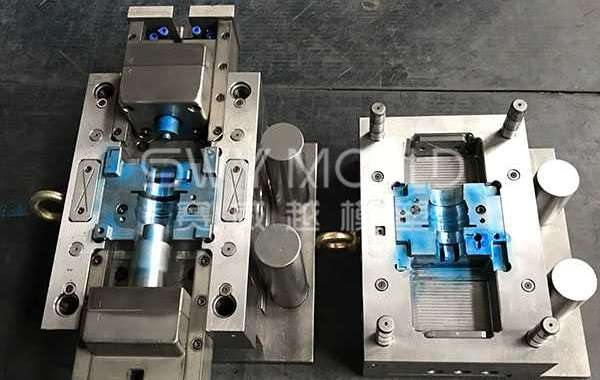Compared with standardized molds for conventional products, thin wall plastic mold has undergone major changes in the mold structure, pouring system, cooling system, exhaust system, and demolding system. Let’s talk about the first two today.
- Changes in mold structure: In order to withstand the high pressure during molding, the rigidity and strength of the thin-walled molding mold must be high. Therefore, the movable and fixed template of the mold and its supporting plate are heavy, and the thickness is usually thicker than that of the traditional mold. There are more support columns, and more internal locks may be set in the mold to ensure accurate positioning and good side support to prevent bending and deviation. In addition, the high-speed injection speed increases the wear of the mold, so the mold should use higher hardness tool steel, and the hardness of the high wear and high erosion area (such as the gate) should be greater than HRC55.
(2) The pouring system is changed: thin-walled products are formed, especially if the thickness of the product is very small, a large gate should be used, and the gate should be larger than the wall thickness. If it is a straight gate, a cold material well should be set to reduce the gate stress, assist in filling, and reduce the damage of the product when the gate is removed. In order to ensure that there is sufficient pressure to fill the thin cavity, the pressure drop in the runner system should be minimized. For this reason, the runner design should be larger than the traditional one, and the residence time of the melt should be limited to prevent degradation of the resin. When it is a mold with multiple cavities, the balance requirement of the gating system is much higher than that of the conventional mold. It is worth noting that two advanced technologies have been introduced into the gating system of thin-walled product molds, namely hot runner technology and sequential valve gate (SVG) technology.
For more details, please pay attention: plastic pipe fitting injection mould .








